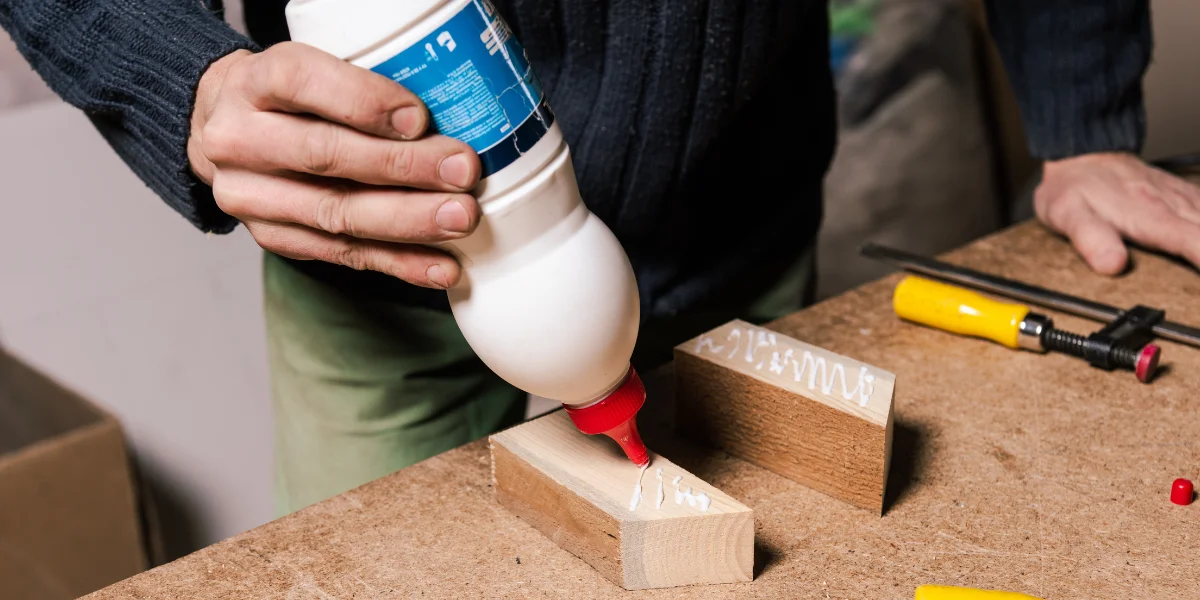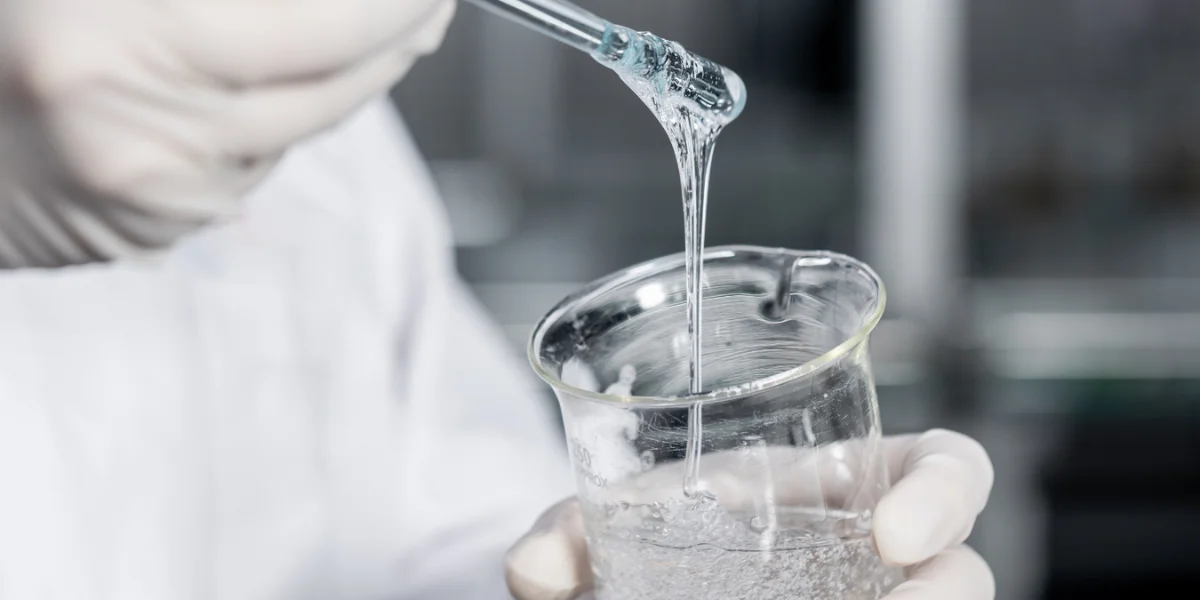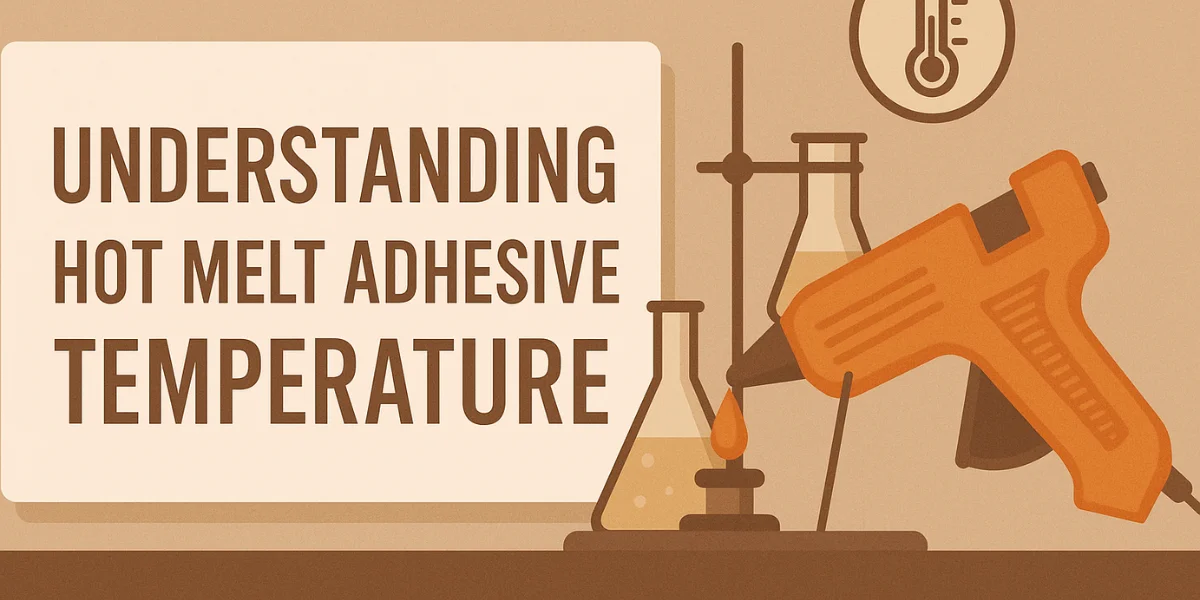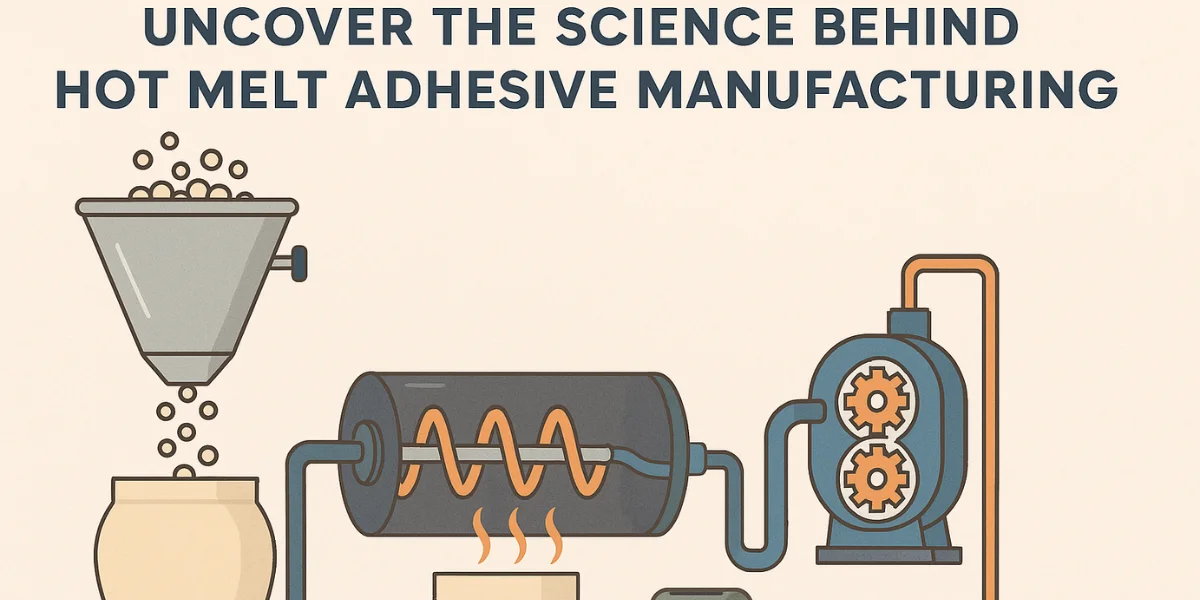Water Based Adhesive vs Solvent Based Adhesive
Choosing the right adhesive is crucial for project success. This guide dives into the key differences between water-based and solvent-based adhesives. We’ll explore their pros and cons, environmental impact, and ideal applications to help you make an informed decision. Discover which adhesive type best suits your needs, whether for crafting, construction, or industrial use, by understanding their unique properties.What are Water Based Adhesives?
Water-based adhesives utilize water as a carrier for bonding agents, making them a more environmentally friendly option. They are ideal for porous materials such as paper, wood, and fabric. With lower VOC emissions, they offer a safer alternative to solvent-based options. While they may have a slower drying time, their versatility and ease of cleanup make them a popular choice for many applications.What are Solvent-Based Adhesives?
Solvent-based adhesives use solvents to dissolve and carry the adhesive polymers, resulting in fast drying times and strong bonds. They’re well-suited for non-porous materials like metals, plastics, and glass. However, they contain higher VOCs, requiring proper ventilation and safety precautions. Despite environmental concerns, their superior performance in demanding applications makes them indispensable in many industries.Choose the Right Adhesive
Selecting the appropriate adhesive hinges on your project’s specific requirements. Consider the materials you’re bonding, the environment, and the desired bond strength. Water-based adhesives excel in eco-friendliness and ease of use for porous surfaces, while solvent-based adhesives offer durability and water resistance for demanding applications. Evaluate these factors to ensure your chosen adhesive delivers optimal results and longevity.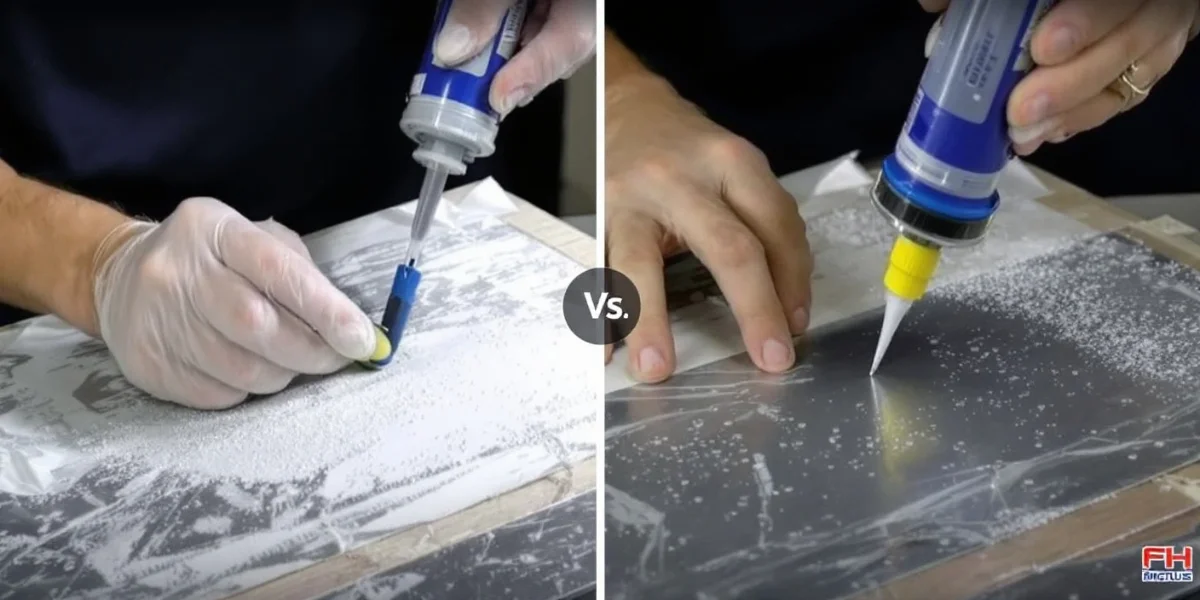
Water Based Adhesive vs. Solvent Based Adhesives: Choosing the Right One for Your Project
Water Based Adhesive vs. Solvent Based Adhesives: Choosing the Right One for Your Project

